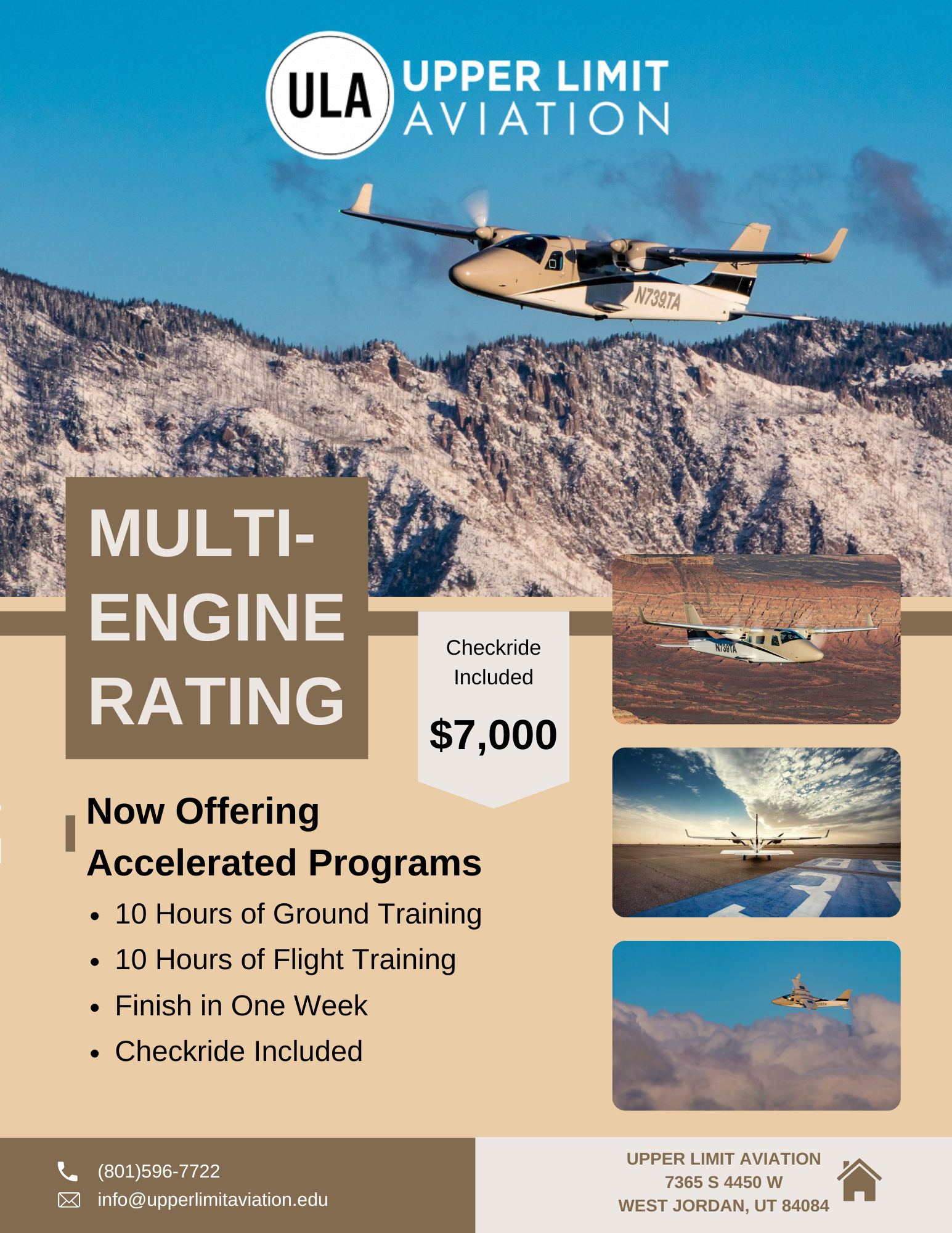The Reasons Behind Male and Female Pilot Error
Despite the different reasons for male and female pilot error, cockpit resource management can make single-pilot flying almost as safe as in a two-pilot environment. Vern Weiss In the 1970s there was a rash of airline accidents. This was particularly startling because the accidents did not involve inexperienced flight crews but, instead, professional and highly […]
Flight Safety: Breaking the Chain of Events
Shawn Arena Throughout my years in aviation, I’ve encountered a variety of situations in which by making the right decision, I avoided potential and real danger. And in the name of flight safety, I’d like to share another one of those stores here. This is a story that involves a chain of events that literally […]
Why IFR Flight Training Should Come After Your License
Dr. Mary Ann O’Grady Any pilot who has been flying for a while has experienced flights delays due to weather conditions, and without having an instrument rating, those delays can stretch into hours or even into days. These delays can cause many pilots to make go no-go decisions that are not so good. So the benefit […]
Halley’s Comet and the Go No-Go Decision
Shawn Arena Over the years, I’ve had a lot of memorable flying experiences. And hopefully, by sharing some of the lessons I’ve learned, it will help other aviators in the future be able to make the decisions that will help them fly more safely. I hope you enjoy reading these stories! Making The Go No-Go […]
How Crew Resource Management Makes Flying Safer
Vern Weiss On December 29, 1972, an Eastern Airlines Lockheed L-1011 with 176 people aboard crashed in Florida’s Everglades only 3 minutes from touching down at Miami International Airport. Three flight crew members, the Captain, First Officer and Flight Engineer became focused on a landing gear indicator light bulb that was not illuminated. As the […]
Competency vs Proficiency: A Look at Flying Aircraft Safely
When Flying Aircraft, Exceeding Flight Minimums = Maximum Safety in the Skies! Margie O’Connor Competency versus Proficiency. Flying aircraft competently means you have met the standards. Flying aircraft proficiently means you’ve taken that extra step to gain a certain comfort level in the cockpit – you’ve refined and built your competence to a point where you are confident […]
Quiz: How Do You Handle Aircraft Radio Communication Problems?
John Peltier You’re ten miles away from your home airport, inbound for landing, and you switch over to the AWOS for a weather check. Nothing. Must not be working. You get closer to the airport and dial up the control tower to inform them of your intentions. No response. After some troubleshooting, you determine that […]
Quiz: How Much Do You Know About Aircraft Icing?
Dr. Mary Ann O’Grady How much do you know about aircraft icing and the conditions that cause it? Take this quiz, and see how well you do. Aircraft Icing Quiz Questions _____ ice is lighter than _____ ice, has an irregular shape and a surface roughness that reduces aerodynamic efficiency. The three negative outcomes of […]

